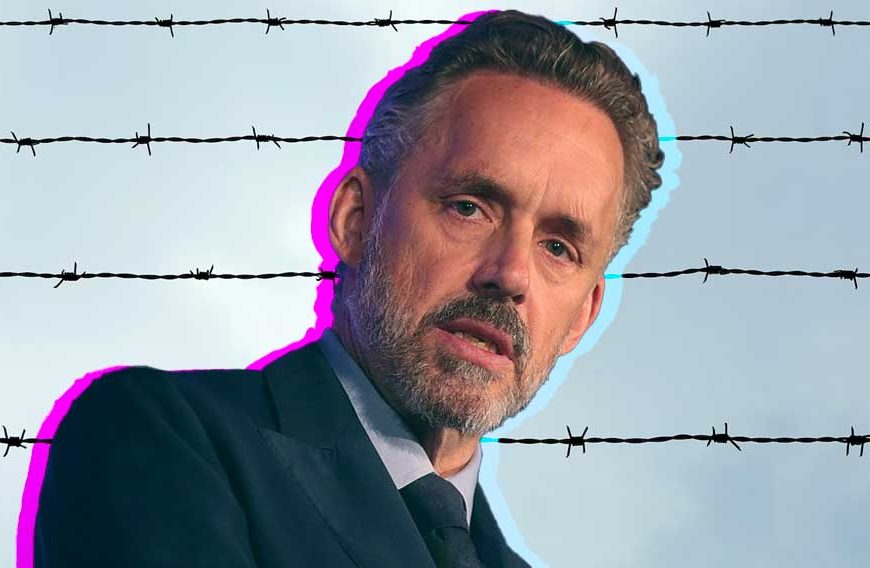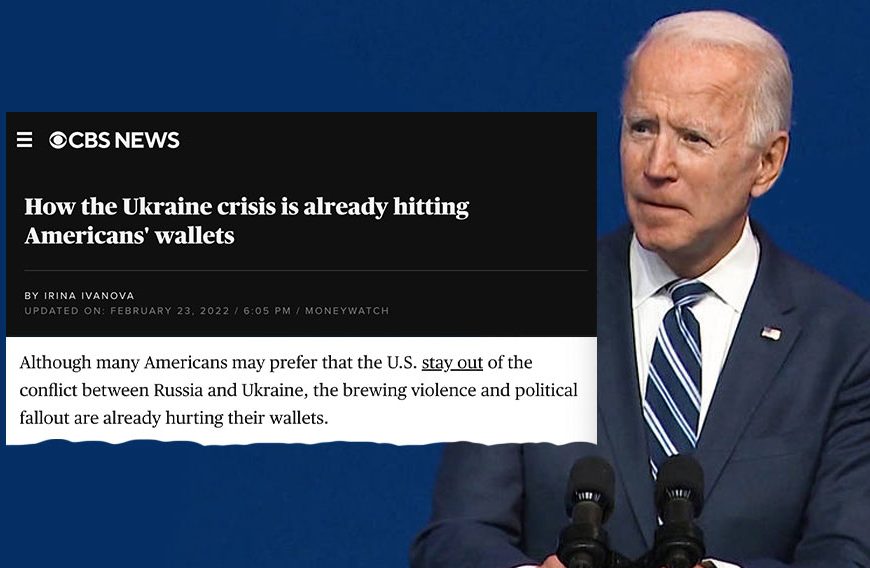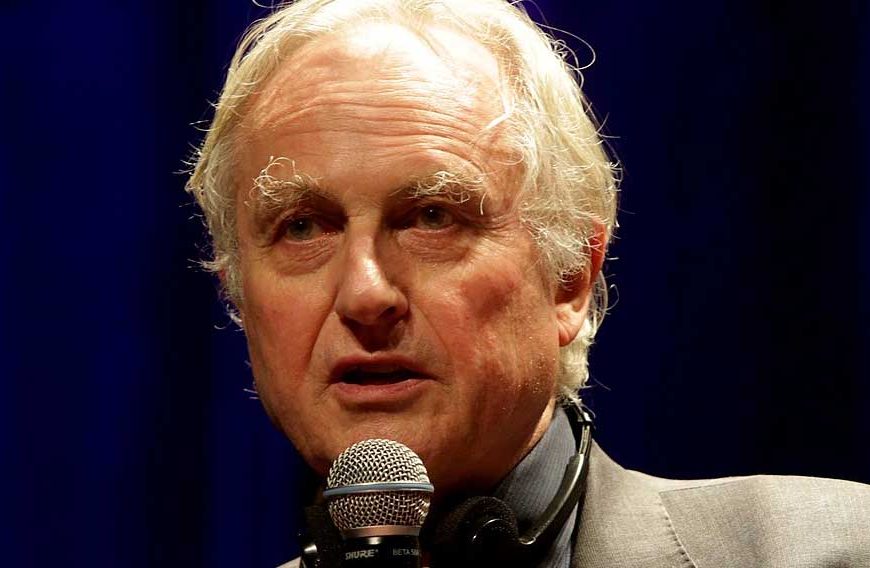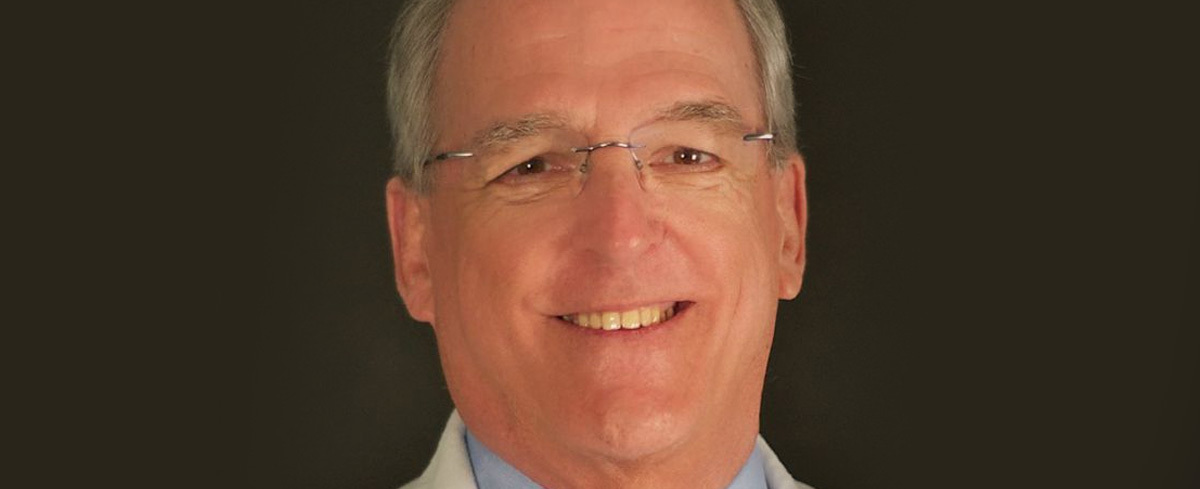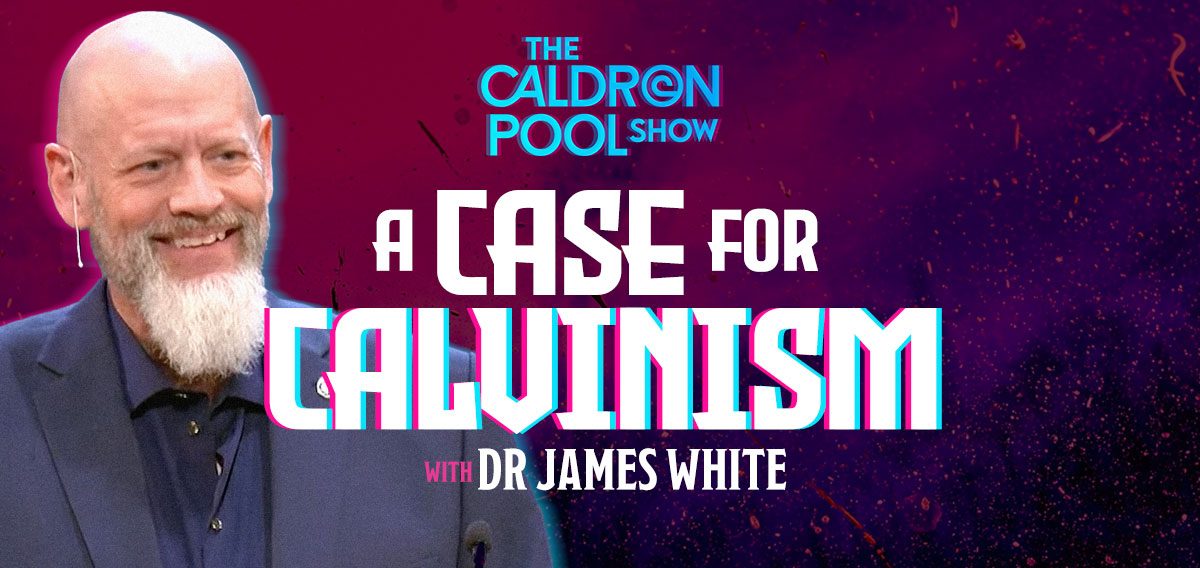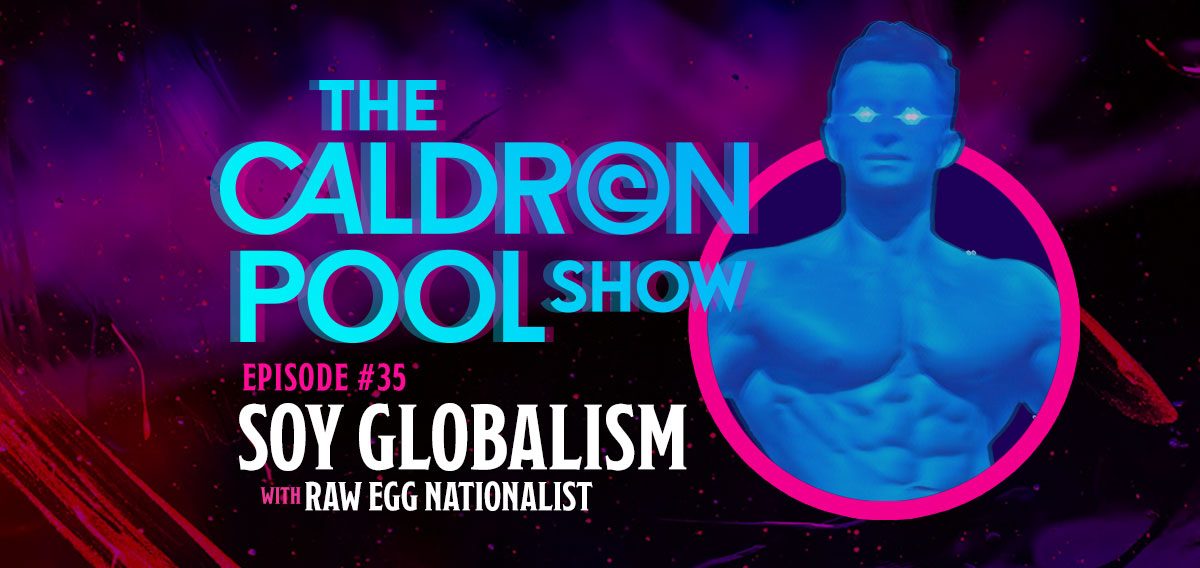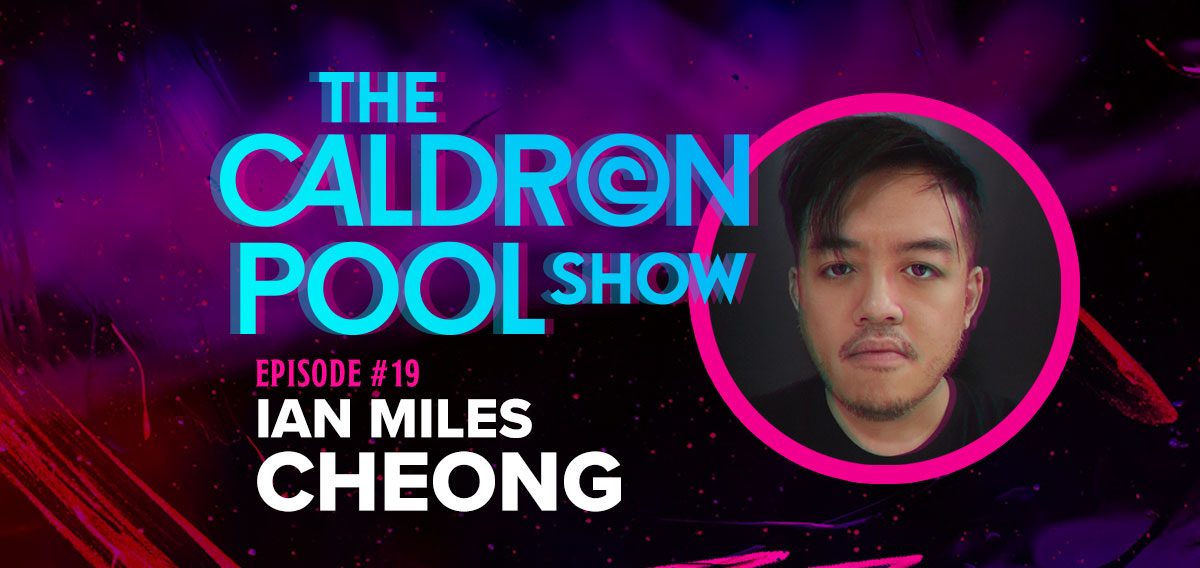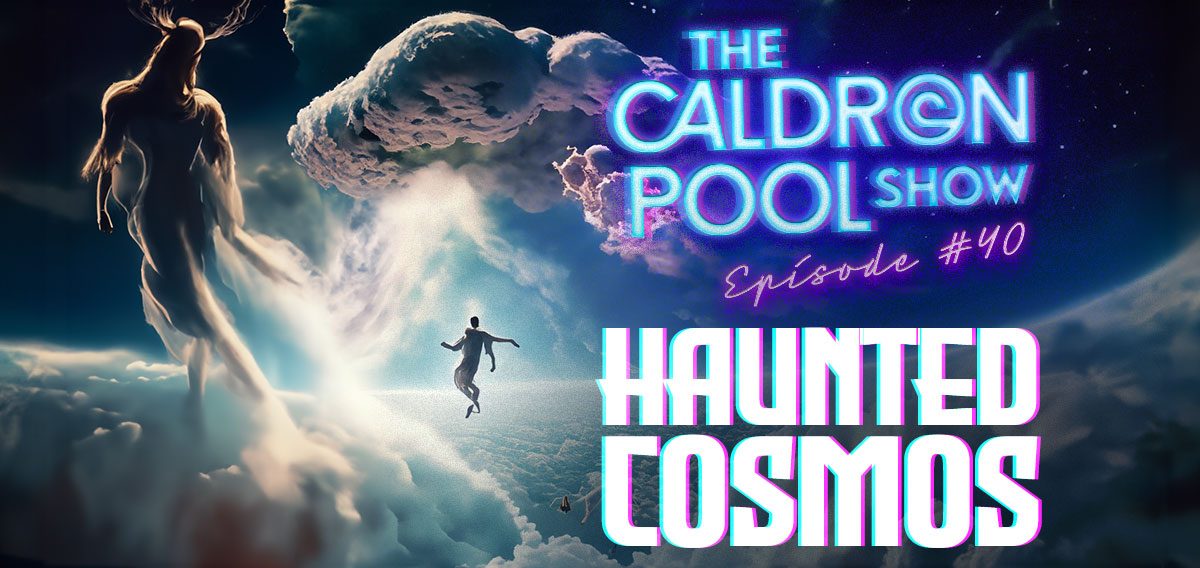Activists trying to rally Australians around the idea of Indigenous Australian representation in Parliament have tied their argument in knots. Their message is vague, and their reliance on the simplistic slogan, “Indigenous voice” provides little clarity about what direction they’re advocating Australians take.
As a result, the push for an “Indigenous voice” has been interpreted as one of two things: a) call for another advisory group, or b) a call for an entirely new governing body.[i]
The latter can only be interpreted as a push for a ‘third branch of Government’, and the former, as a push to return to a system like the failed Aboriginal and Torres Strait Islander Commission (ATSIC) advisory committee established in 1989. If the former, why isn’t the new advisory group, National Indigenous Australians Agency (NIAA)good enough?
If you’re not familiar with the history, ATSIC replaced NAC, which was established in 1980. NAC replaced the NACC which was established in 1973; all had the express purpose of ‘advising the government on Indigenous affairs policy.’[ii]
The aim was to have a committee made up of Indigenous Australians who were democratically elected by Indigenous Australians, to provide a platform for specific Indigenous Australian representation.
Why? Perception drives demand. General elections aren’t seen as doing enough. It’s assumed that the collective vote of Indigenous Australians is so small, that an Indigenous Australian “voice” in how Australia is governed is rarely if ever, heard. The inclusive constitutional democratic vote made by ALL Australians of voting age is seen to only serve the non-Indigenous Australian majority, thus the assumed necessity for a specific ethnic advisory committee such as NACC, NAC and ATSIC.
In 2005, ATSIC was discontinued by both the LNP and Labor because of corruption. ATSIC was no longer functional or practical when it came to providing Indigenous Australians with the most effective help.
Criticisms of ATSIC, not connected to corruption, suggest that activist calls for an “Indigenous voice” are in fact more than just calls for another advisory group.
Before ATSIC’s demise, it was attacked from within the Indigenous community, for not having enough authority. The perception was that ‘advice fell on deaf ears’; that ATSIC ‘produced a white bureaucracy because it couldn’t employ its own staff’, it was over-regulated, ‘not properly representative’, and didn’t have enough women on the board.[iii]
This rebounds against some criticisms from now ex-Liberal M.P. Christopher Pyne, who in 2003, called ATSIC a ‘gravy train’.
Pyne argued that ‘a lack of accountability has turned ATSIC into a bureaucratic, inefficient organization that squanders taxpayer funds…By failing to confront ATSIC’s problems, advocates of indigenous interests have reinforced the talkback-radio caricature of Aborigines as rorters of the system. If Aboriginal interests are to be advanced, ATSIC cannot continue to escape scrutiny. While the ATSIC gravy train rolls on, ordinary Aborigines continue to suffer.’[iv]
The problems with ATSIC, the vague message and reliance simplistic slogans from advocates for an “Indigenous voice”, should intensify concern about what advocates want an “Indigenous voice” to look like. We can add to these concerns any proposal to enshrine ethnicity into Australia’s constitution under the term “Indigenous voice”; as is proposed by Minister for Indigenous Australians, Ken Wyatt and the Referendum Council.
Daniel Wild of the IPA rightly red flagged the notion, stating:
…91% of Australians voted in 1967 to change the Constitution to remove references to race. This was an important step towards achieving equality for indigenous Australians. It is disappointing that now, 52 years later, both major political parties want to put race back into the Constitution. Indigenous Australians and non-Indigenous Australians are all first and foremost Australians who share a common country, legal system, and destiny. A ‘voice’ is not able to represent only one segment of the Australian population, because all policy decisions apply to all Australians regardless of their race.[v]
Indigenous Australians already have a higher representation in the official Australian calendar, than any other ethnicity. Eleven events enshrined in the national calendar, including a satisfactory level of Indigenous history taught as part of the Australian Curriculum proves that Indigenous Australians have a voice.
For example:
- 3 February – Anniversary of the Apology (2008)
- 21 March – National Close the Gap Day
- 26 May – National Sorry Day
- 27 May – Anniversary of the 1967 Referendum
- 27 May – 3 June – Reconciliation Week
- 3 June – Mabo Day
- 7-14 July 2019 – NAIDOC Week
- 4 August – National Aboriginal and Torres Strait Islander Children’s Day
- 9 August – International Day of the World’s Indigenous Peoples
- 4 September – Indigenous Literacy Day
- 13 September – Anniversary of the UN Declaration on the Rights of Indigenous People
This list doesn’t include Ken Wyatt’s Ministry position, which gives indigenous Australians representation or welcome to country ceremonies. Nor does this list include Indigenous Australian flags flown next to Australian flags on, or near, every Government building. In addition, this list doesn’t include the specialized Government programs only accessible to Indigenous Australians such as Abstudy, nor does it include privatised ethnocentric schemes which specialize in only serving Indigenous Australians by providing further assistance when buying a home.
It’s an enormous credit to every Australian that our Indigenous neighbours already have a voice like this in our community.
We as a nation already share the responsibility of giving above and beyond to those vulnerable in our community. This includes giving Indigenous Australians the tools needed for them to liberate and launch themselves from Government dependency into self-sufficiency.
So why are there calls for an ‘Indigenous voice’ when it’s obvious Indigenous Australians have one?
The naysayers who spread the toxin of white guilt and white privilege want more. They prefer we sign on to a Marx-esk revision of history, redefining history with terms like “first nations” instead of tribes, all in order to bolster their attacks on Australia Day, in support of the dubious term “invasion day”.
To the naysayers, we as a nation aren’t carrying our fair share of responsibility for our Indigenous neighbours. To them, Indigenous recognition doesn’t go far enough, even though Indigenous Australians have the highest (and only ethnic) representation on the national calendar, and as an ethnic group now have their own ministerial department.
The naysayers forget that individual responsibility trumps government programs. It’s true that we may need to reform these programs, but we don’t need more of them.
We certainly don’t need a new third tier of the federal government; one where membership is solely based on ethnicity, tribe, dialect, melanin, blood and soil, and not on merit or election via the constitutional democratic process that gives a voice to all Australians.
As said the great ANZAC, General John Monash, who went to India, in a clear refusal to not entertain those trying to get him to head a Communist-inspired coup in Australia during the 1930’s:
…Depend upon it, the only hope for Australia is the ballot box, and an educated electorate. (Roland Perry, Monash. 2004:509.)
Indigenous Australians have recognition. They are already an integral part of the Australian voice and cultural identity.
Beware of those who say otherwise.
References:
[i] Bennett, S. & Pratt, A. Current Issues Brief no. 4 2004-2005: The End of ATSIC and the future administration of Indigenous affairs, Parliament of Australia.
[ii] Anthony, T. 2010. Learning from ATSIC, the ABC.
[iii] This seems to have been confirmed by the ABC, in an article from Thalia Anthony called “Learning from ATSIC” (2010).
Thalia pointed out that since the disbanding of ATSIC, ‘lobbyists for Indigenous representation at a national level have been drawing up blueprints for a national Indigenous body. At the fore has been the proposal by the Australian Human Rights Commission for a National Congress of Australia’s First Peoples in Our future in our hands. The Commission’s proposal consists of a National Congress, which constitutes 128 delegates from across Australia. Some delegates will be appointed based on merit and others will be elected from Indigenous organizations. The Congress will then elect a National Executive of six part-time members and two full-time Chairs, with a requirement of 50 per cent female representation. In addition, an Ethics Council of senior Indigenous peoples to oversee the work of the National Congress.’
[iv] Pyne, C. 2003. Why the ATSIC gravy train must be derailed, The Age.
[v] Wild. D. & Begg. M, 2019. Race has no place in the Constitution






